The land of Dak Gan commune, Dak Mil district is barren and rocky, making it difficult for crops to grow. However, over the years, mango trees have become the main crop here, helping people change their lives. Mr. Tran Truong Sa, in Tan Loi village, Dak Gan commune, is one of the pioneers who switched from short-term crops to mango cultivation in 2012.
.jpg)
Initially, he only tried planting on a small area, but when he realized that mango trees were suitable for the climate and soil conditions and gave outstanding economic efficiency, he boldly expanded the area to 3.2 hectares. His mango garden includes varieties such as green Taiwanese mango, Australian mango and three-season mango, which yield regular harvests.
There are seasons when Mr. Sa earns from 300 to 500 million VND. For Mr. Sa, mango is an easy-to-grow crop, drought-resistant, has few pests and diseases, and is suitable for the local soil and climate conditions. Thanks to growing mango, his family's economic life has improved significantly.
Not only Mr. Sa, hundreds of households in Dak Gan have changed their lives thanks to mango trees. Dak Gan commune has nearly 2,000 hectares of land growing mangoes. Mango trees are not only the main crop but also the main source of income for the people here.
Dak Gan commune has become a high-tech mango production area with over 343 hectares. There are currently 3 mango production organizations including Dak Gan Mango Agricultural Trade Service Cooperative, Dak Gan Mango Association and a mango cooperative with the participation of nearly 300 households.
.jpg)
Mango growers have synchronously applied technical advances such as: drip irrigation, fertilization through the system, integrated pest management (IPM), biosafety farming, production linkage according to the value chain and stable consumption market connection.
"Dak Gan mango has now achieved OCOP product certification, opening up great opportunities for market expansion and export," said the leader of Dak Gan Mango Agricultural Trade Service Cooperative.
Mr. Phan Viet Cuong, village 11, Dak Wer commune, Dak R'lap district has 3 hectares of agricultural land. Initially, he grew coffee, but when he realized that durian trees were suitable for the land and climate, Mr. Cuong gradually changed his crops.
Mr. Cuong planted 500 durian trees of the Monthong variety and up to now the entire area has been harvested. Each year, on average, Mr. Cuong's garden yields 50 tons of durian or more. Almost every year, Mr. Cuong earns a fairly high profit from his durian garden.
In recent years, fruit trees such as durian, avocado, mangosteen, lychee, longan, and milk fruit have brought in large revenues for the people of Dak Nong, contributing to the development of the rural economy in a green and sustainable direction. Initial results show that fruit trees are no longer secondary crops or recreational crops as before, but are asserting their position in crop conversion in Dak Nong.
According to the Department of Agriculture and Environment of Dak Nong, by 2025, Dak Nong will have nearly 20,000 hectares of fruit trees including: durian, avocado, jackfruit, mango, passion fruit, lychee, rambutan...
Dak Nong has identified fruit trees as a key crop in the process of restructuring the agricultural sector in many districts. According to Dak Nong's agricultural development orientation, by 2030, the province strives to have over 24,000 hectares of fruit trees, with a total output of about 130,000 tons/year. Dak Nong will prioritize the development of 6 types of fruit trees, including durian, avocado, citrus, jackfruit, mango and passion fruit.
.jpg)
Dak Nong focuses on developing concentrated fruit growing areas according to each sub-climate region, selecting suitable varieties, applying advanced technical processes, and linking production with processing and consumption markets. The functional sector promotes the issuance of codes for growing areas, building brands, protecting product trademarks, and developing packaging, preliminary processing, and preservation systems to increase product value.
Source: https://baodaknong.vn/cay-an-qua-giup-hang-tram-ho-dan-dak-nong-doi-doi-250167.html


![[Photo] Binh Thuan organizes many special festivals on the occasion of April 30 and May 1](https://vstatic.vietnam.vn/vietnam/resource/IMAGE/2025/5/1/5180af1d979642468ef6a3a9755d8d51)
![[Photo] Bustling construction at key national traffic construction sites](https://vstatic.vietnam.vn/vietnam/resource/IMAGE/2025/5/2/a99d56a8d6774aeab19bfccd372dc3e9)

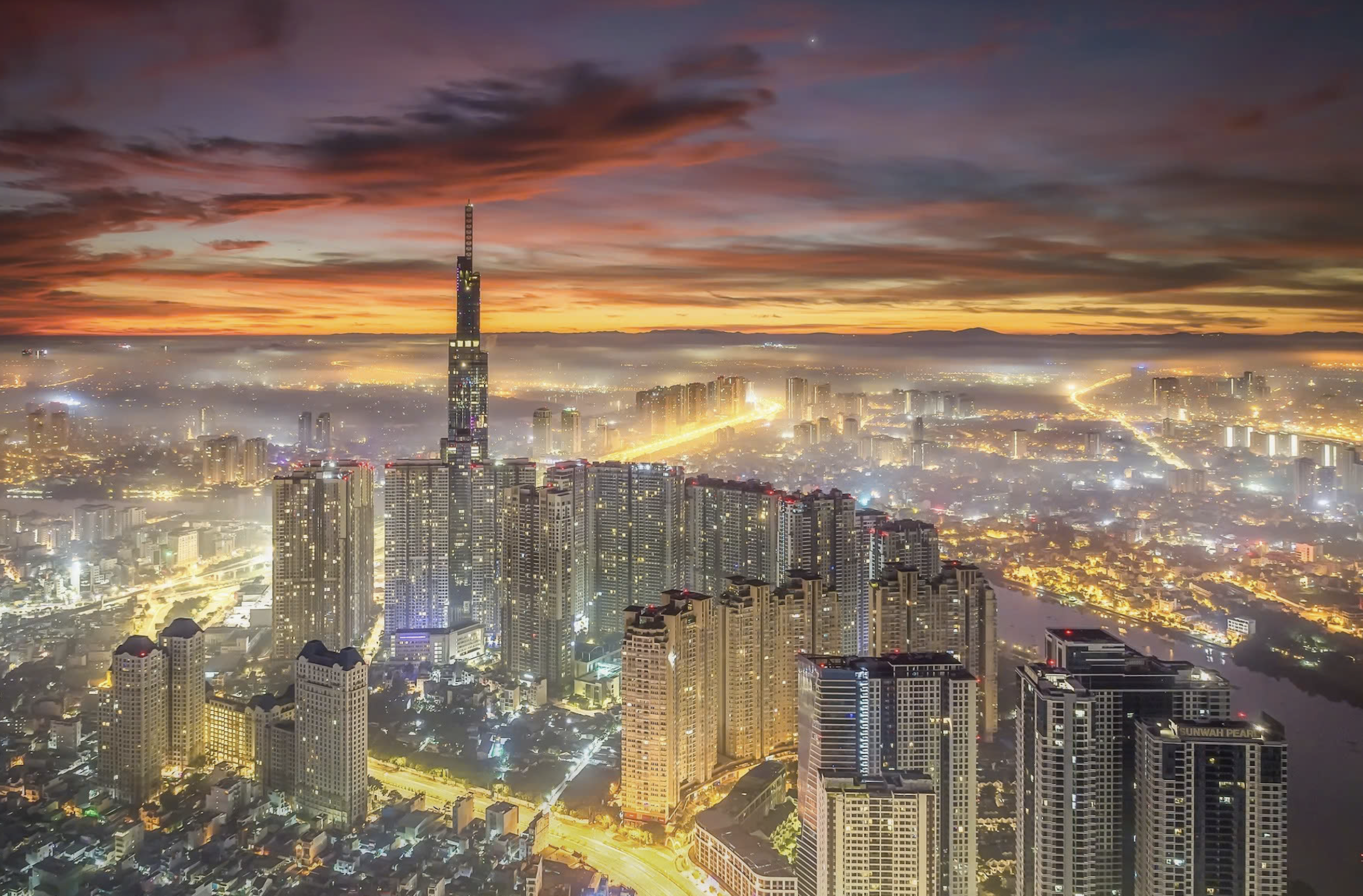
![[Photo] "Lovely" moments on the 30/4 holiday](https://vstatic.vietnam.vn/vietnam/resource/IMAGE/2025/5/1/26d5d698f36b498287397db9e2f9d16c)
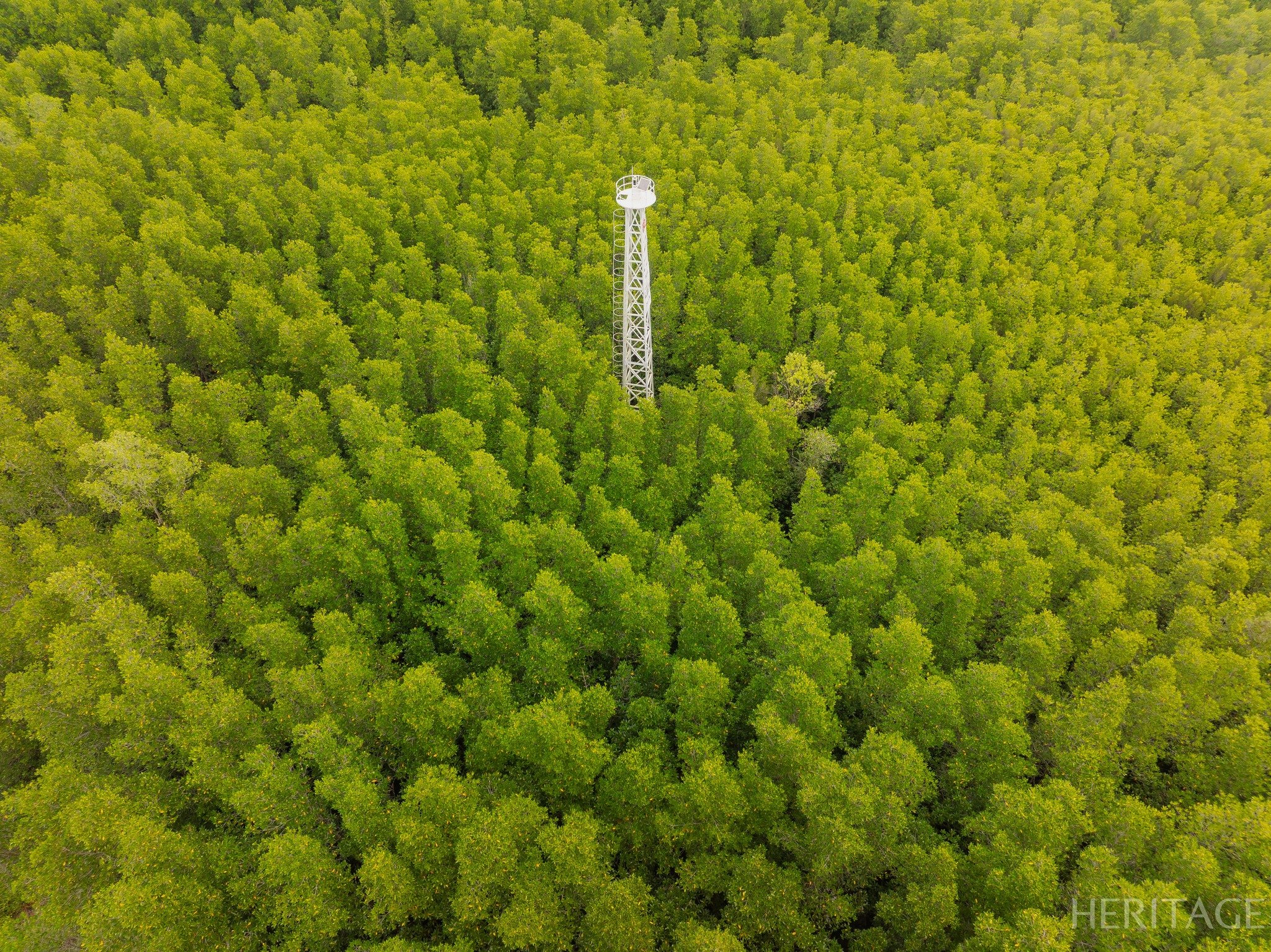

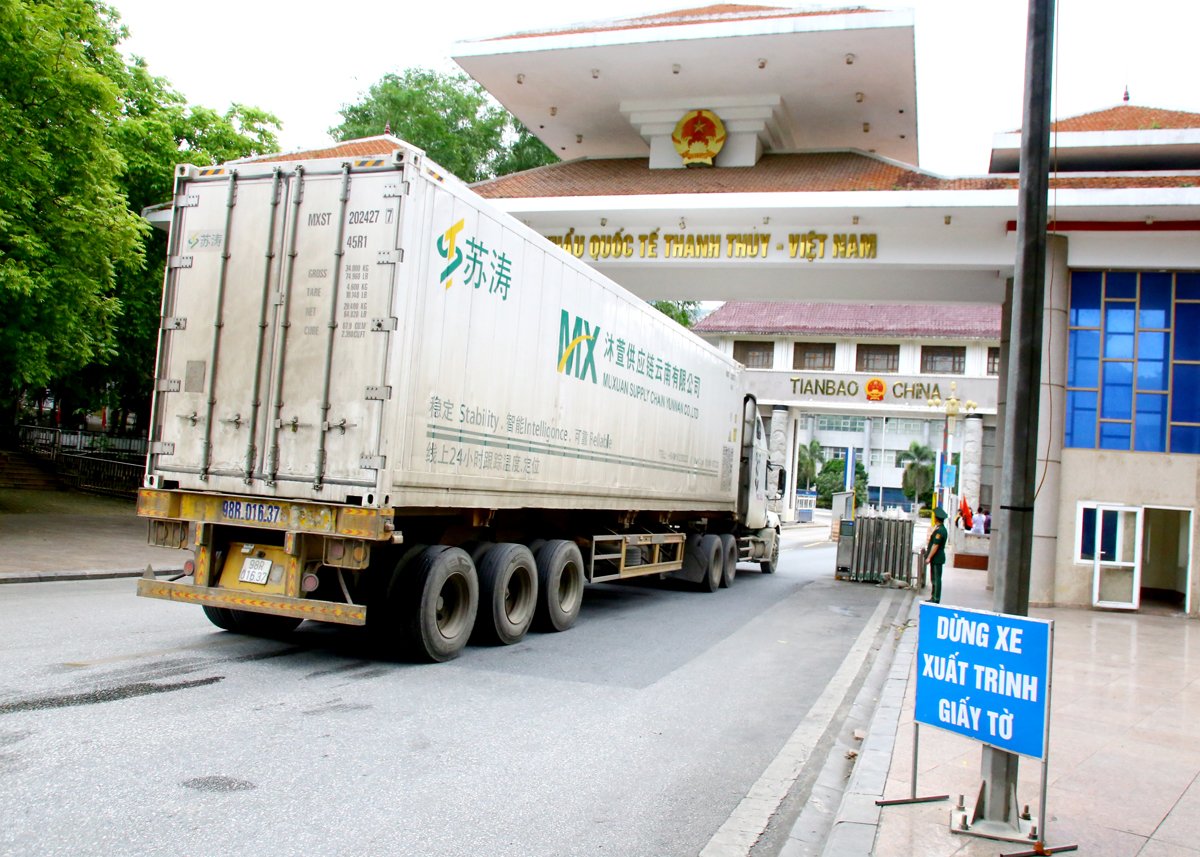

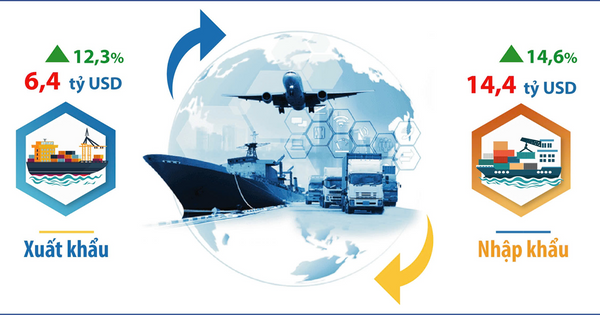
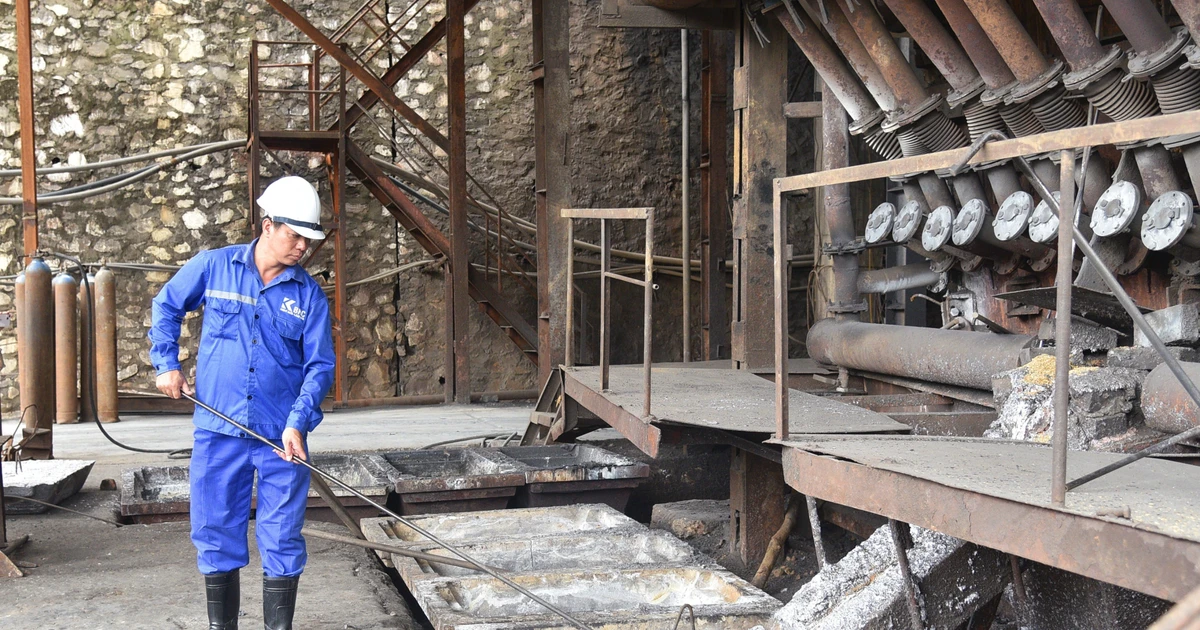



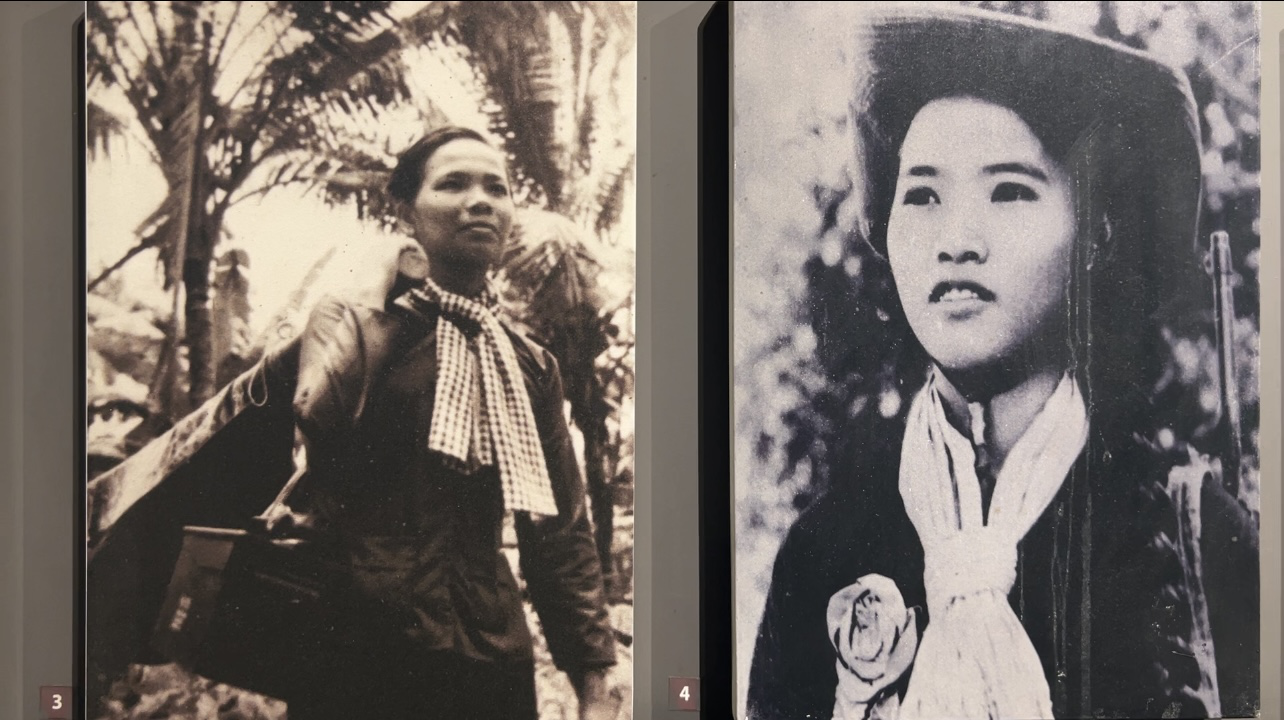
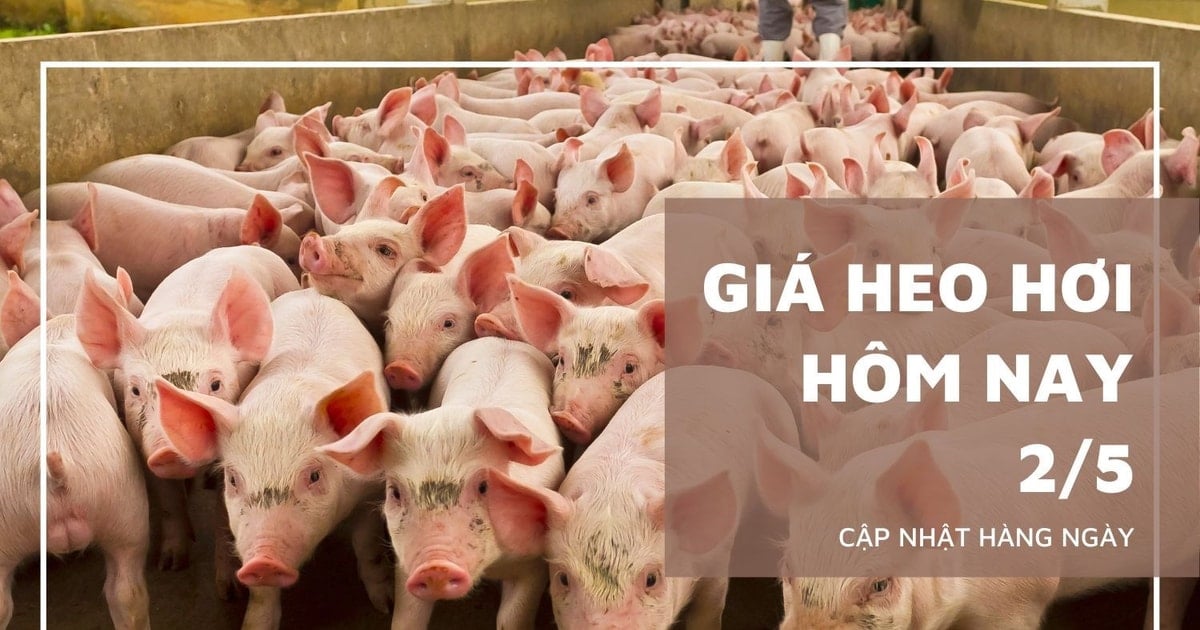
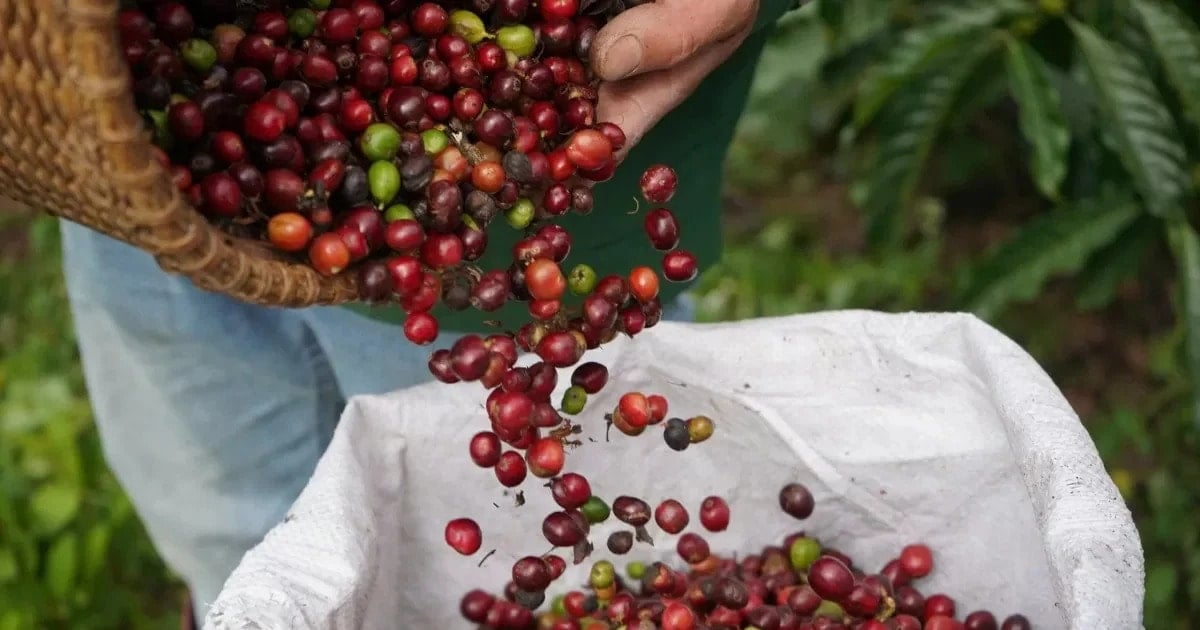

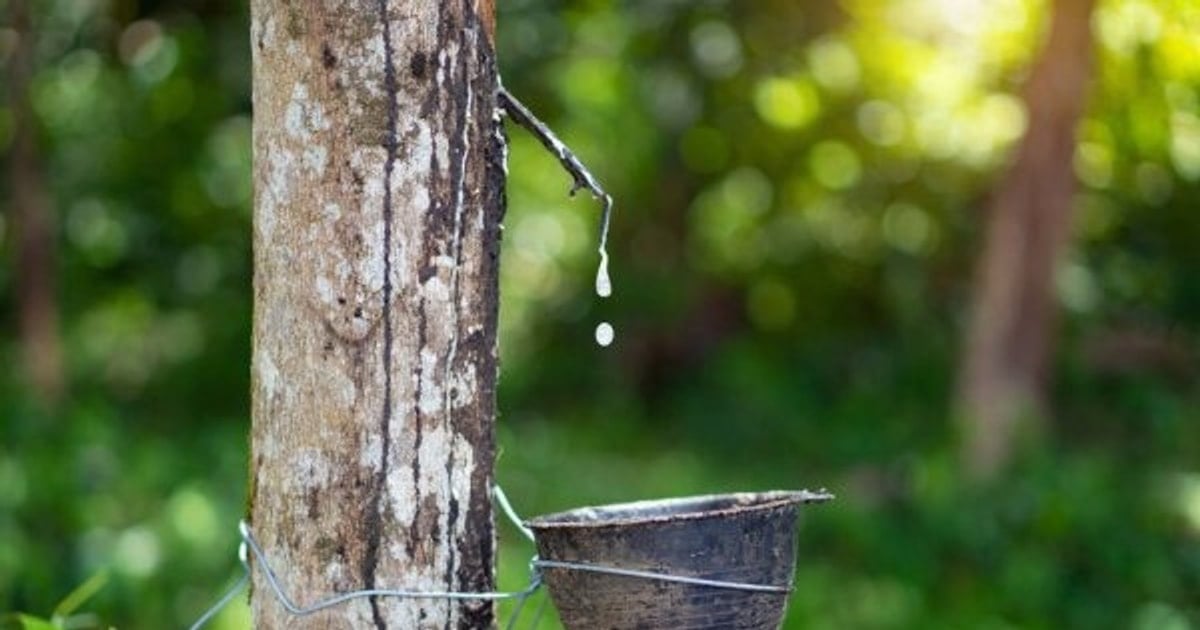
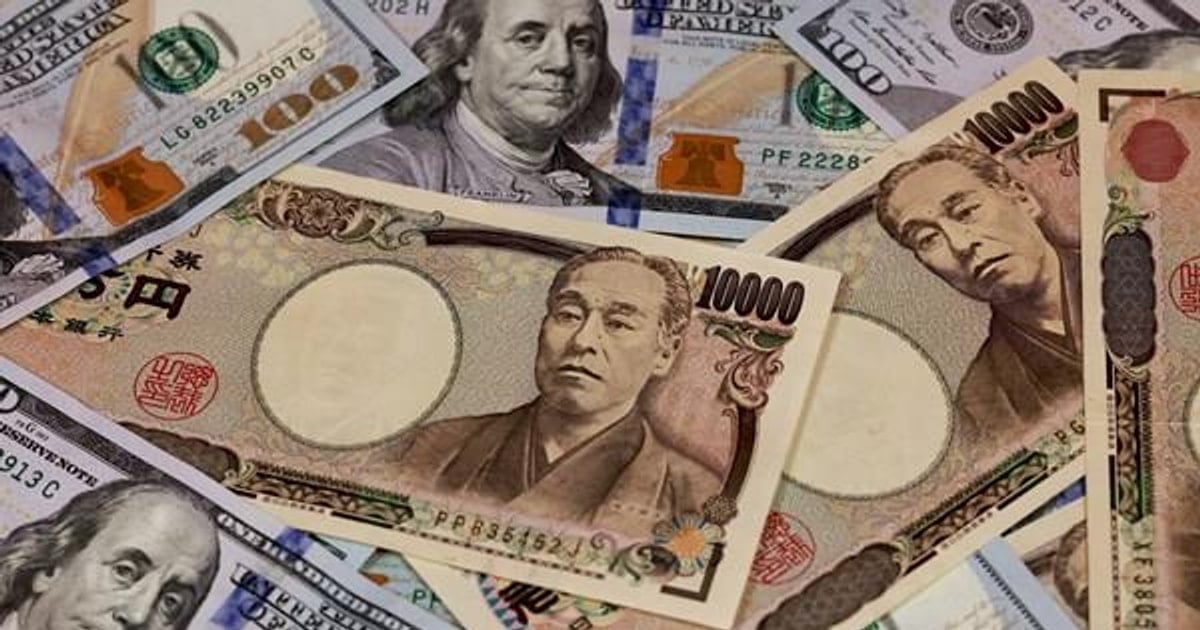
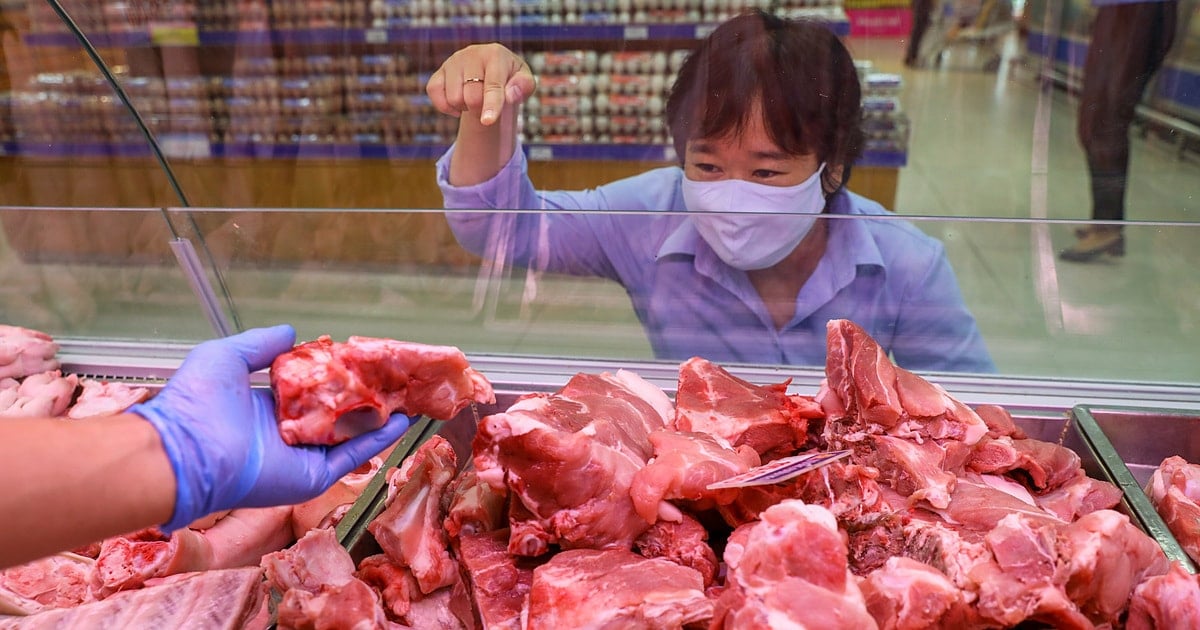
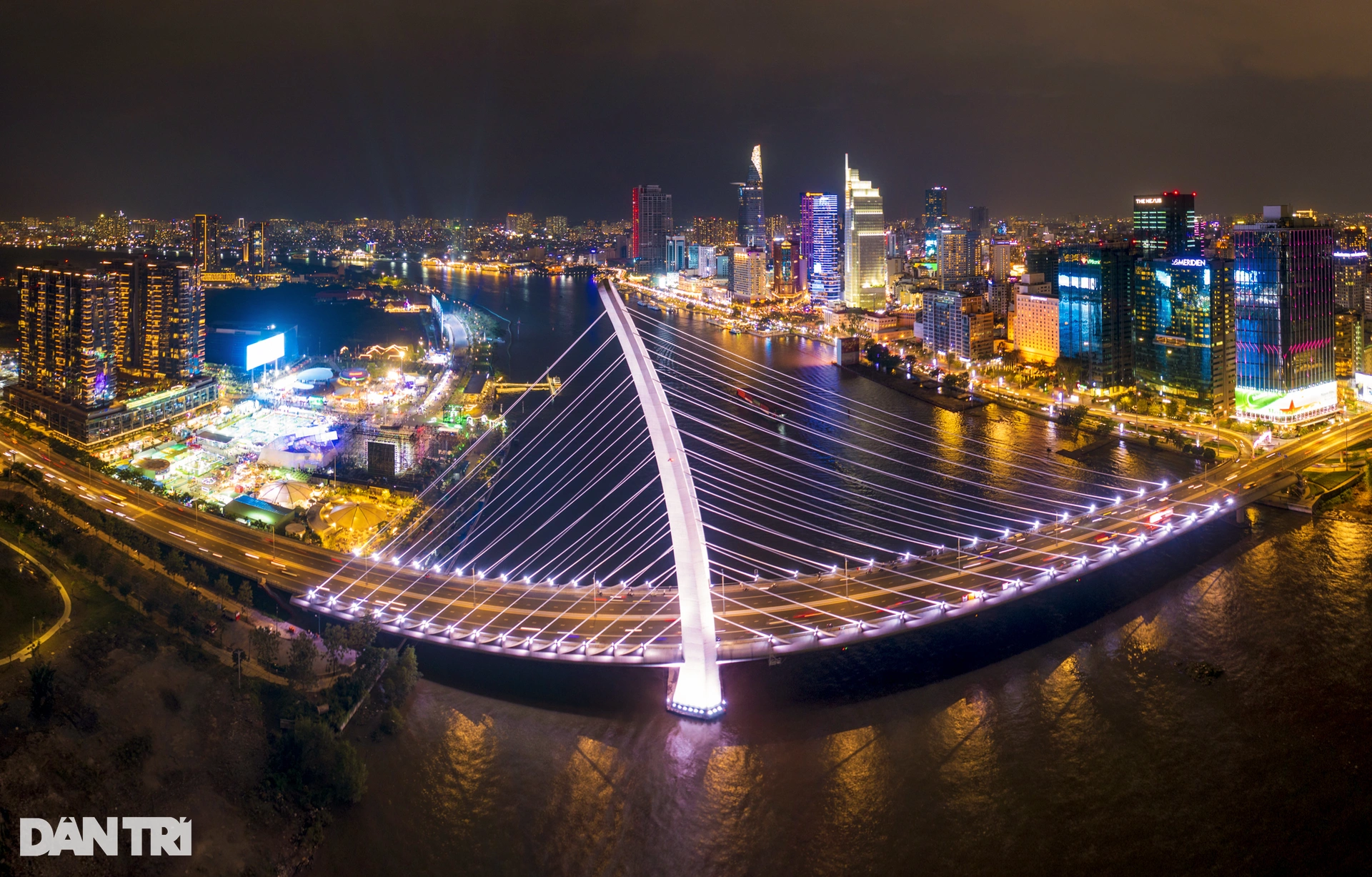
![[Photo] Ha Giang: Many key projects under construction during the holiday season](https://vstatic.vietnam.vn/vietnam/resource/IMAGE/2025/5/1/8b8d87a9bd9b4d279bf5c1f71c030dec)


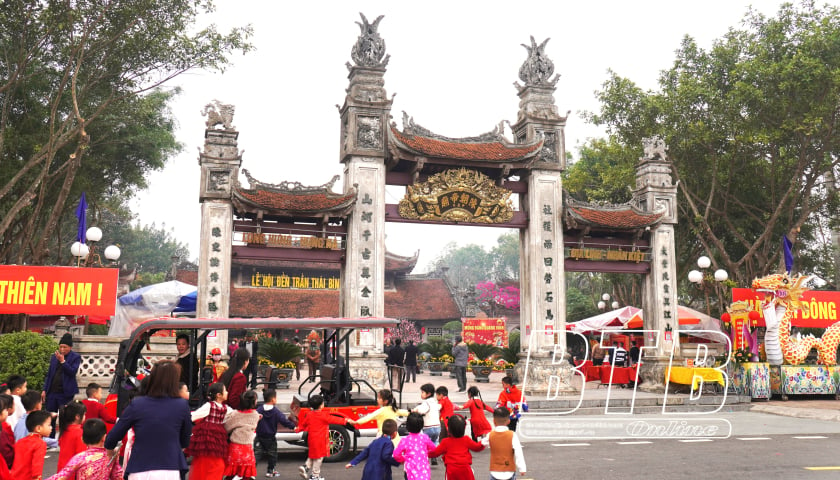







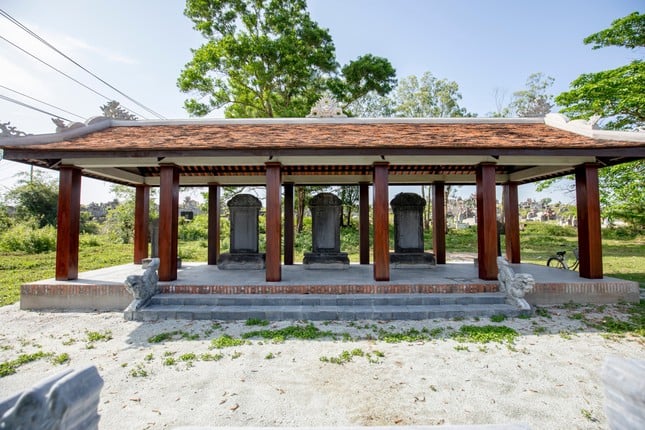







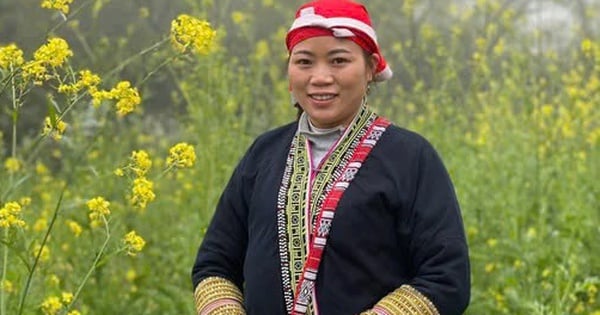

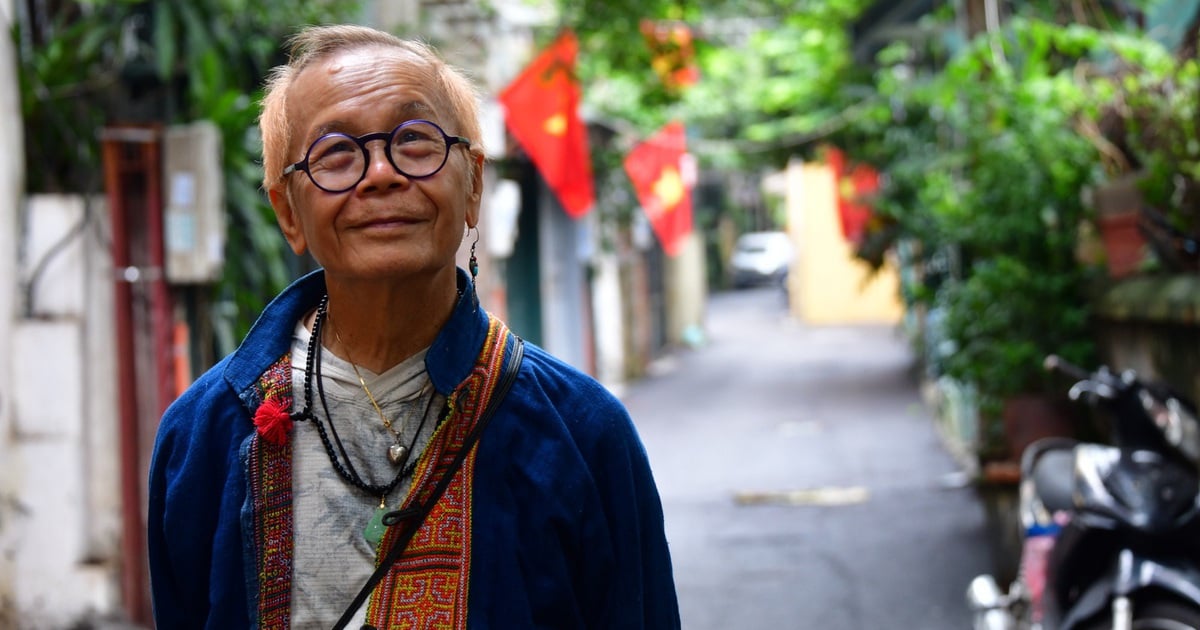











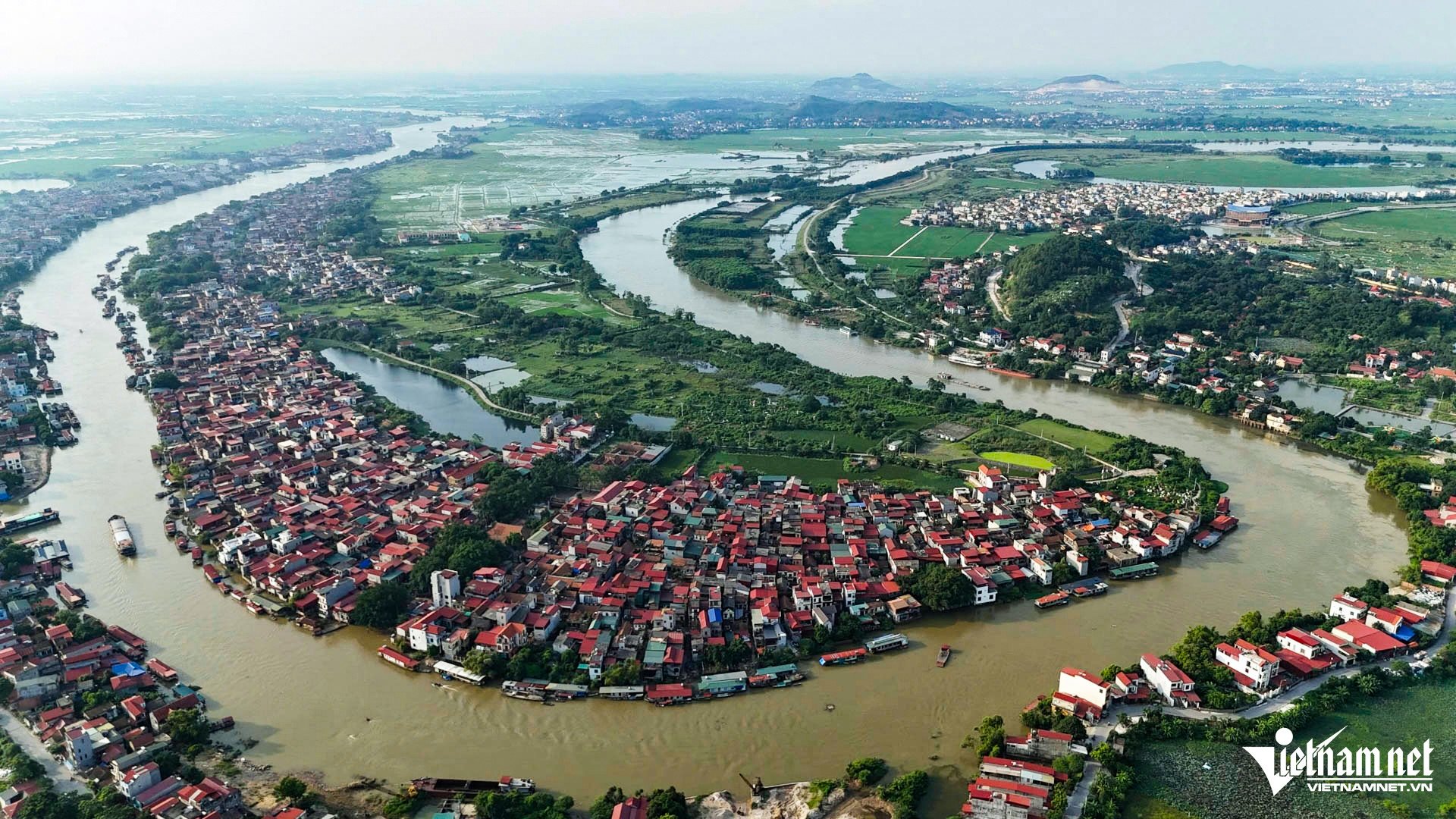




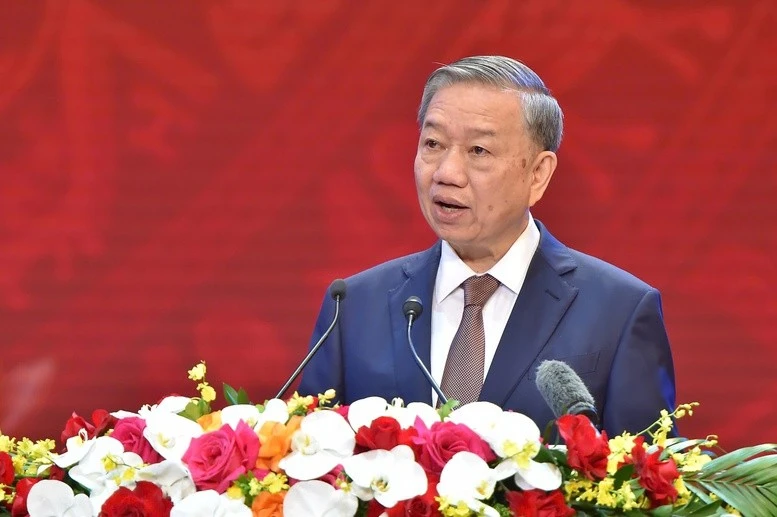

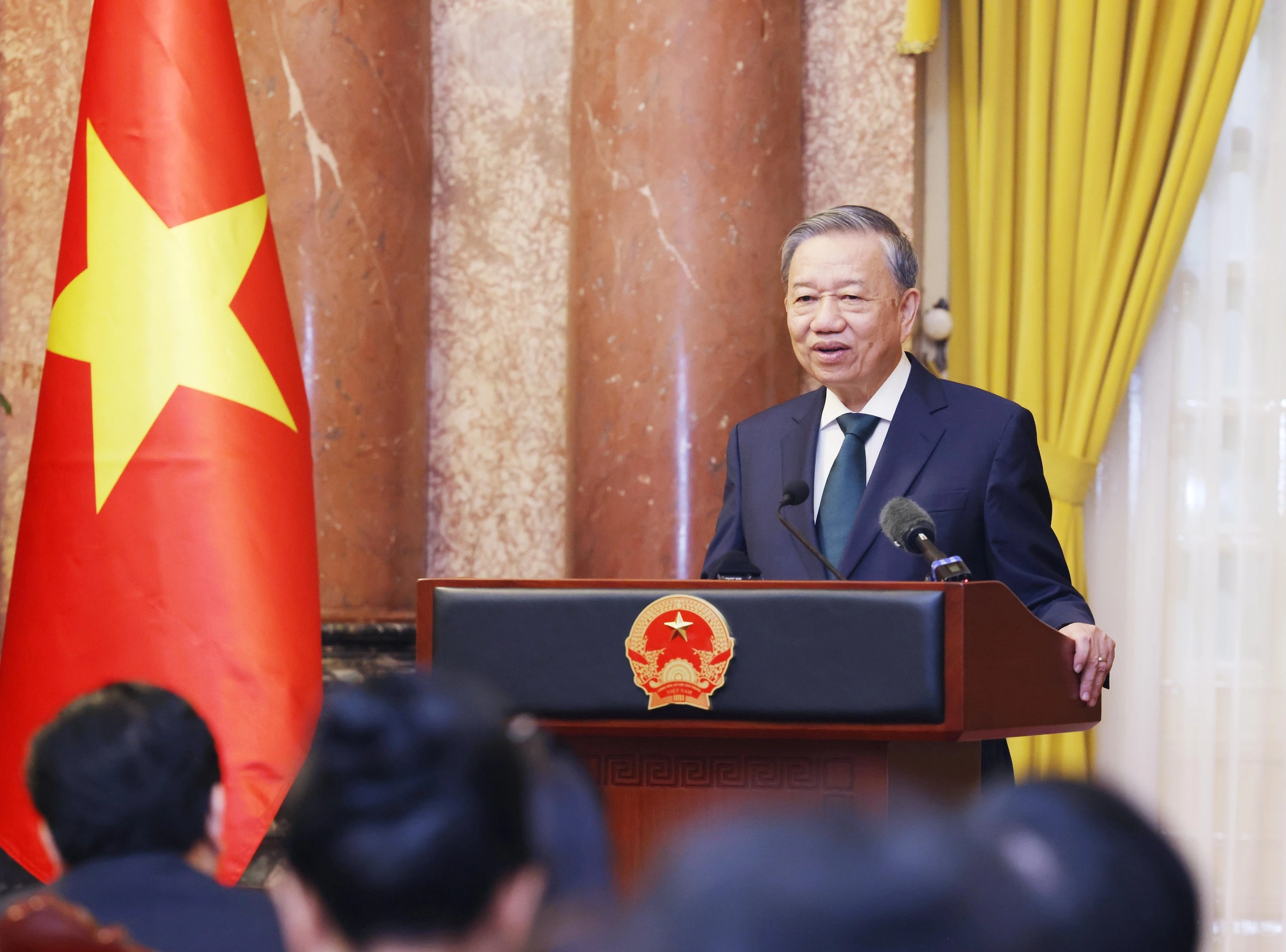
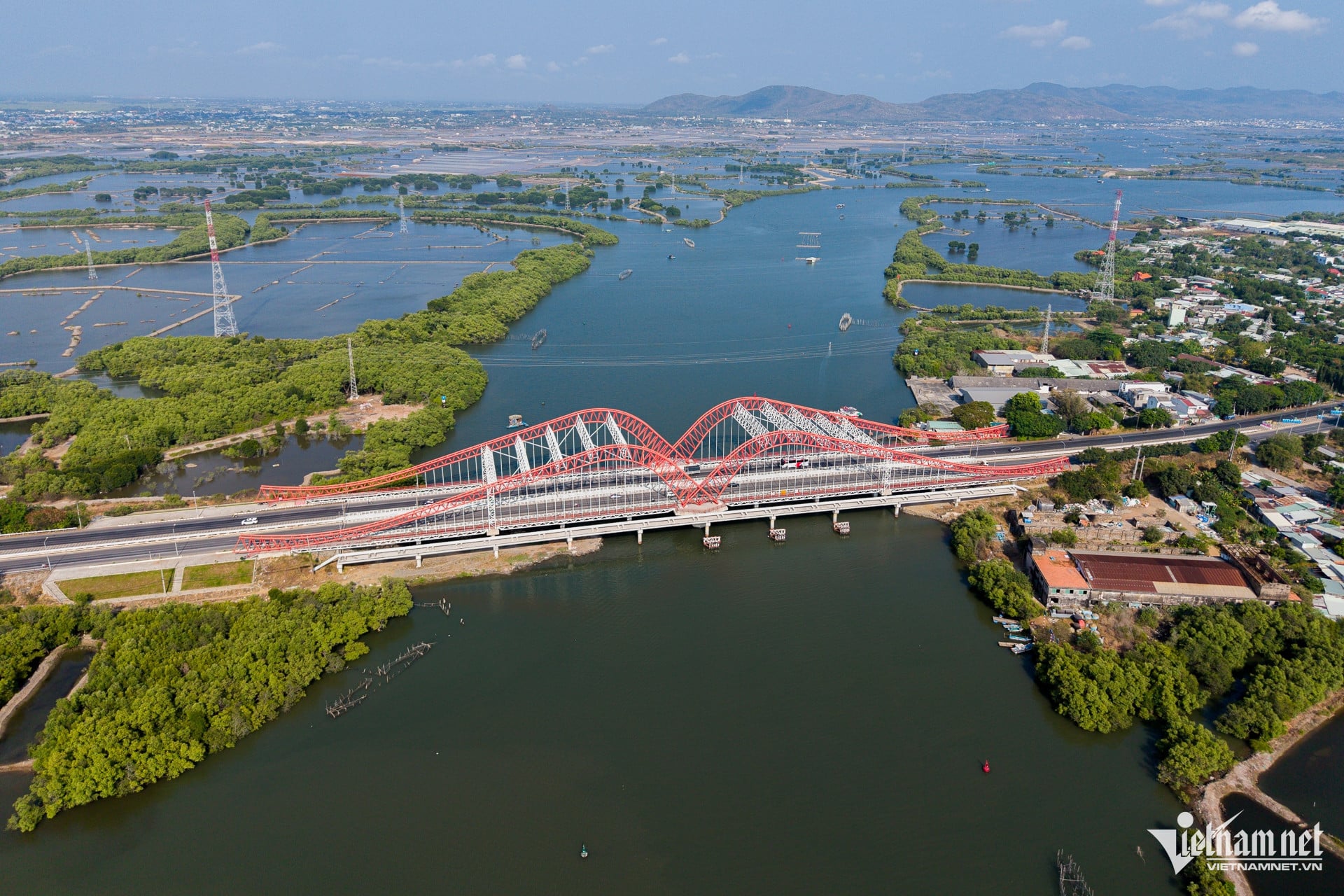






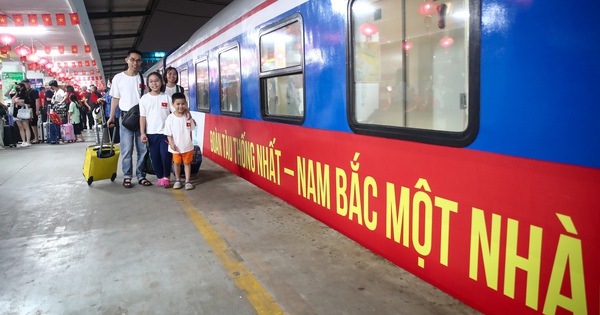


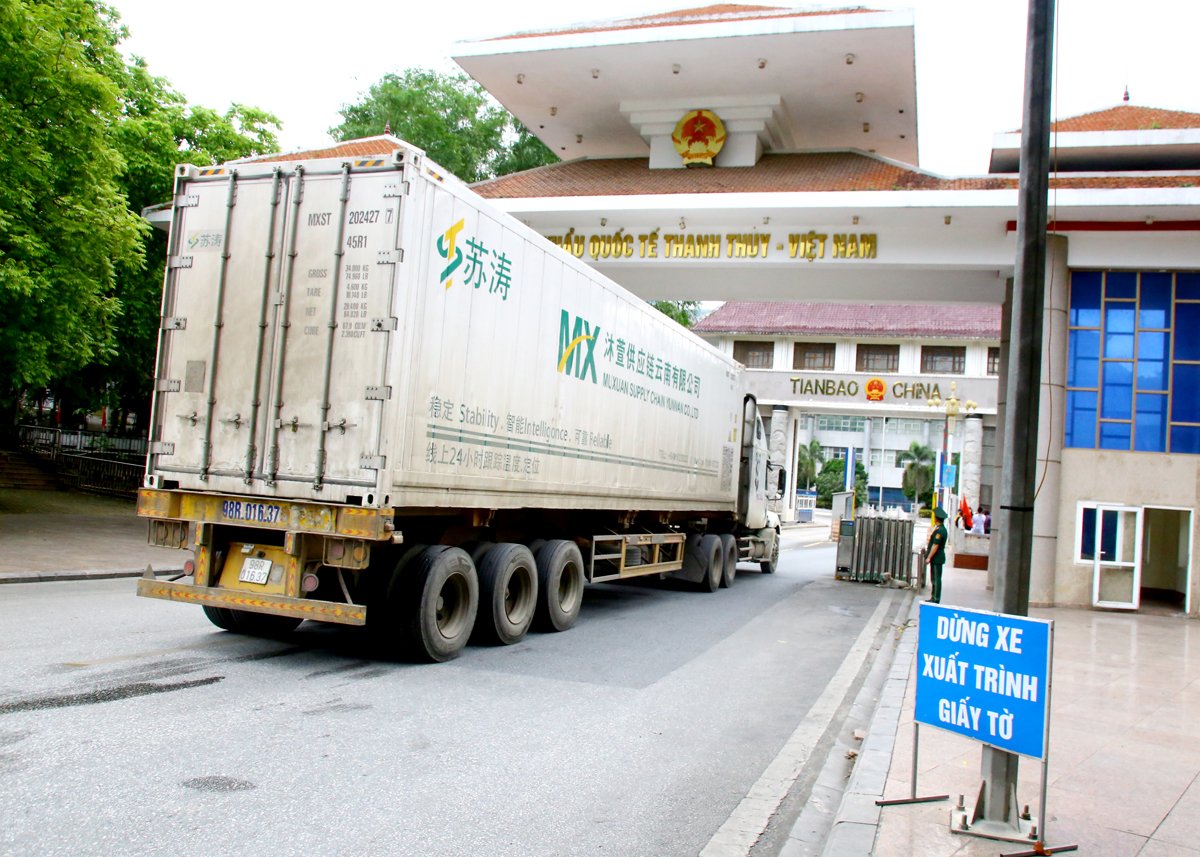



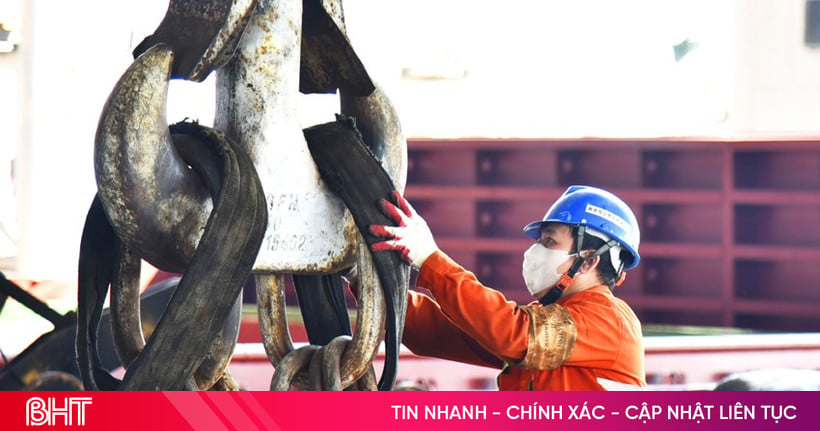

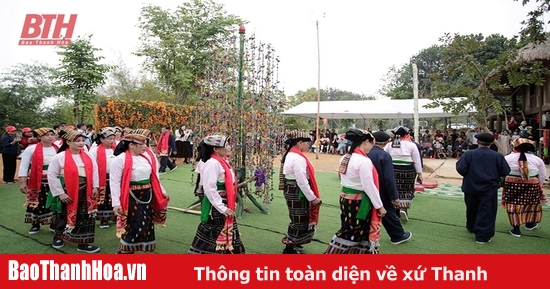


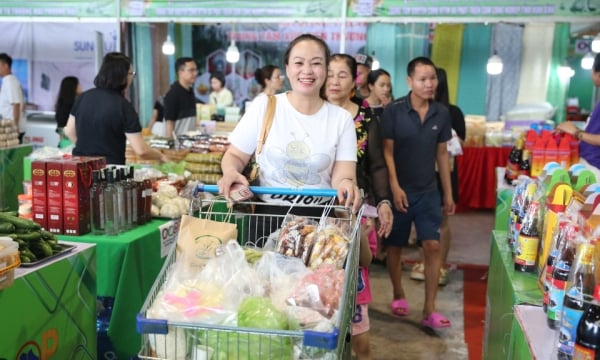

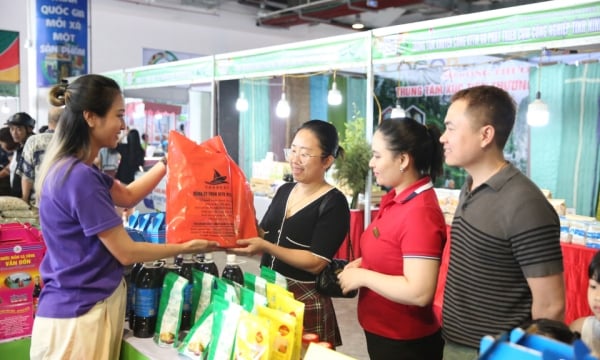



Comment (0)